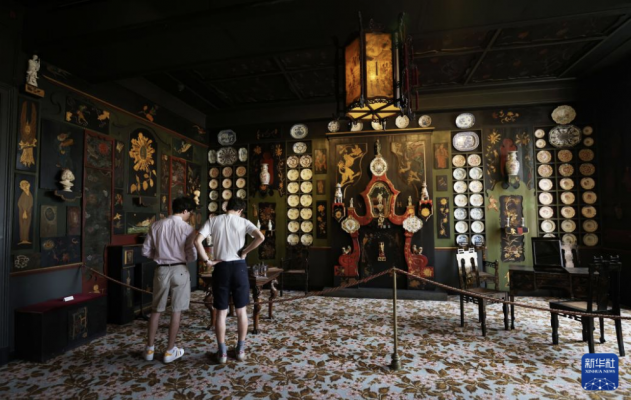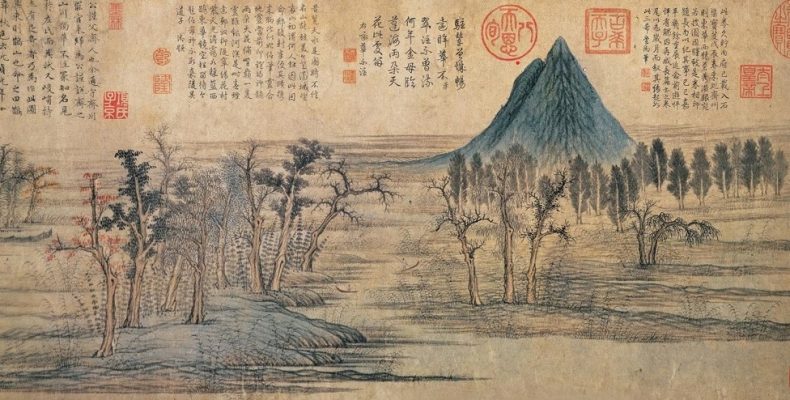Today, 22 December 2022, marks Dongzhi, or Winter solstice, the 22nd solar term on the Chinese lunar calendar. In Chinese, Dongzhi, roughly rendered as “winter’s extreme” or “winter’s arrival.” It marks the arrival of the coldest season in the year, known as “Shujiu Hantian” in Chinese, believed to be the coldest days. (Well…though Hong Kong today is around 20℃.)
Falling on the shortest day and the longest night of the year, Dongzhi Festival is commonly thought of the most important Chinese festivals, and is no less important than Spring Festival. Hence the saying goes, “Winter solstice is bigger than Lunar New Year.”
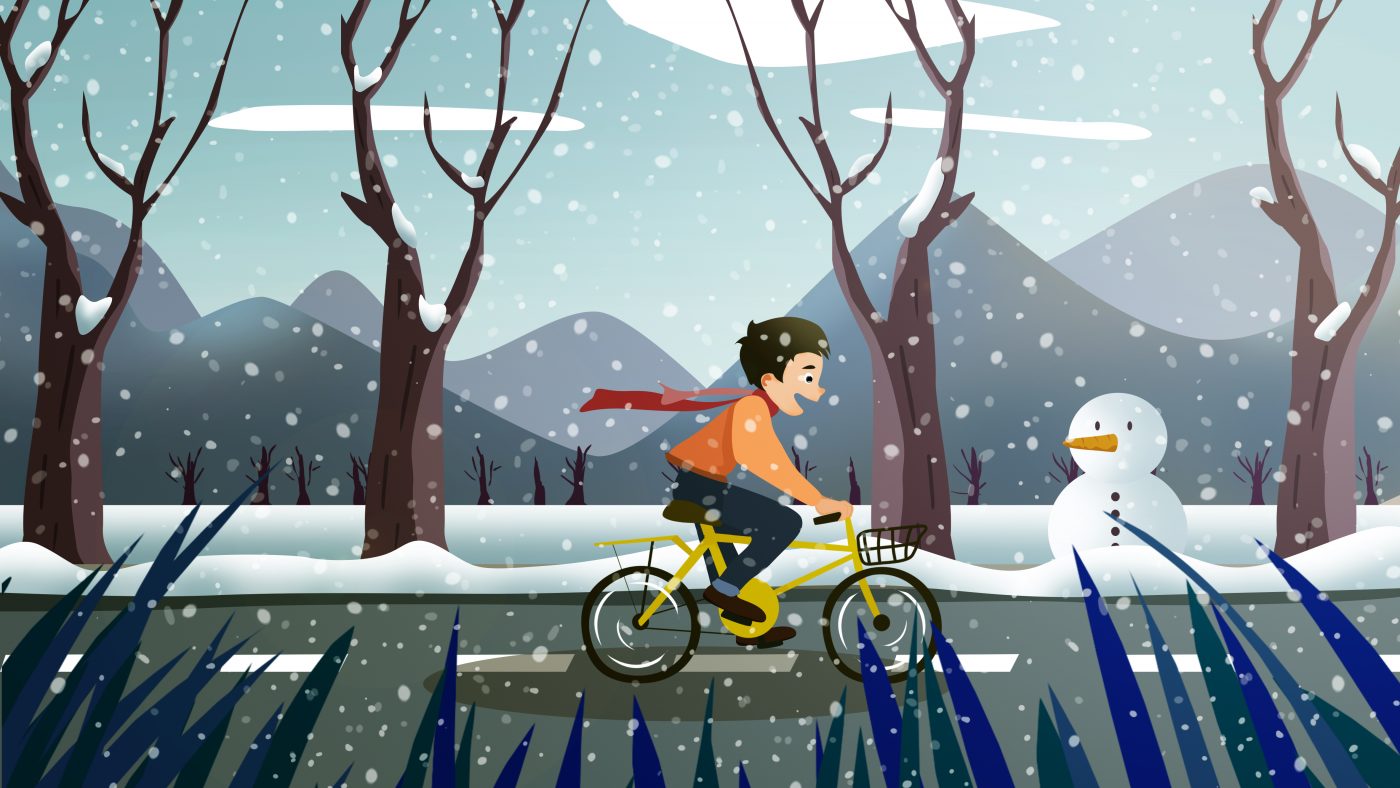
To understand why that is so, it is necessary to examine the “24 solar terms”, a system unique to Chinese culture.
Dating back to Eastern Zhou dynasty (771-476 BC), the ancient Chinese used to believe the weather changed according to the Earth’s movement around the sun, and this would change every 15 days. Based on such belief, 24 points were noted in the Earth’s rotation. The 24 solar terms refer to specific points in the Earth’s orbit around the sun, and also tell the changes in season, temperature, precipitation and hours of daylight.
Due to the fact that ancient China was an agricultural community, soler terms helped an agrarian society to keep track of seasonal changes. For example, farmers and florists will sow seeds and harvest according to the solar terms to maximize the amount of rain and sun their crops get and to avoid dew and frost. Marine life migrates according to the temperature of the sea, so fishermen also had to pay attention to the solar terms.
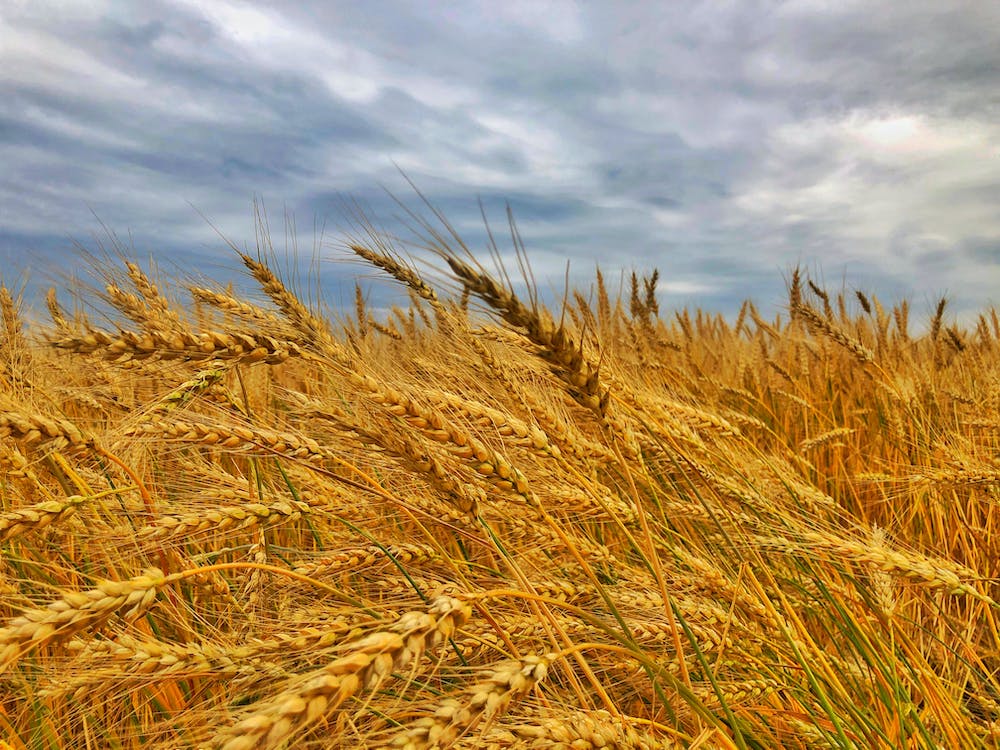
Dongzhi was one of the first dates determined among the 24 solar terms, which form a Chinese lunisolar calendar. So, dongzhi is denoted the “big brother” among the 24 solar terms. As a “big brother”, in ancient times, people not only used the weather on the day of dongzhi to predict the weather changes for the coming up year, but also performed wordship and rituals hoping for good weather, good harvest, and peace in the forthcoming future.
During Zhou dynasty (1046BC – 256BC), dongzhi was labelled as the start of the year. While almost a millennium later in the Western Han dynasty (202BC – 9AD) by Emperor Wu of Han, that Lunar New Year was declared the beginning of a new year.
In addition, based on calendar system, the “year” is a product of the calendar, it is only when the calendar is established that the length of the year, the month and the specific time of the New Year’s Day can be deduced. The determination on dongzhi is the key to establishing the calendar. This is why it is said that the “dongzhi came first, followed by New Year’s Day.”
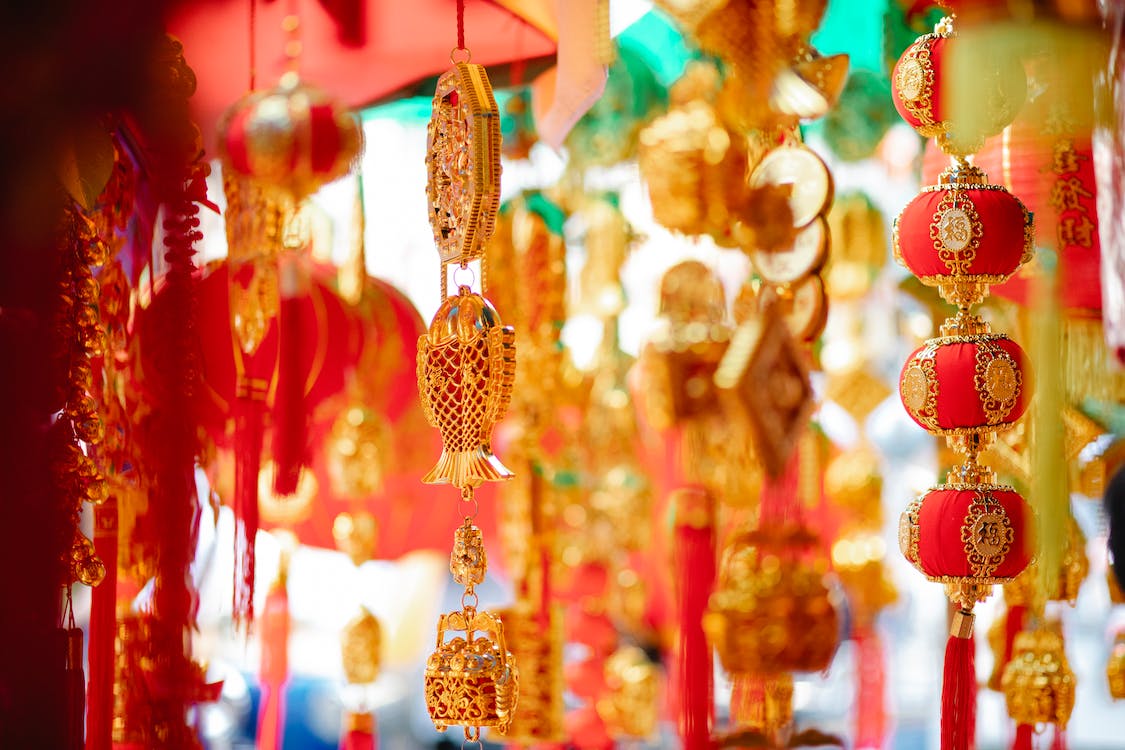
With the passage of time, Dongzhi has taken on new meanings and new connotations.
Nowadays, the Dongzhi Festival is a “family day”.
In Southern China, people make, eat, and gift tangyuan (small, chewy balls made of glutinous rice flour). Traditional tangyuan is white, but it’s now popular to dye them other colors like pink, green, and yellow. “Tangyuan” sounds alike to the Chinese word “tuanyuan”, which means “reunion”. And the neat and round shape of the balls and the bowls symbolize unity and family wholeness and togetherness.
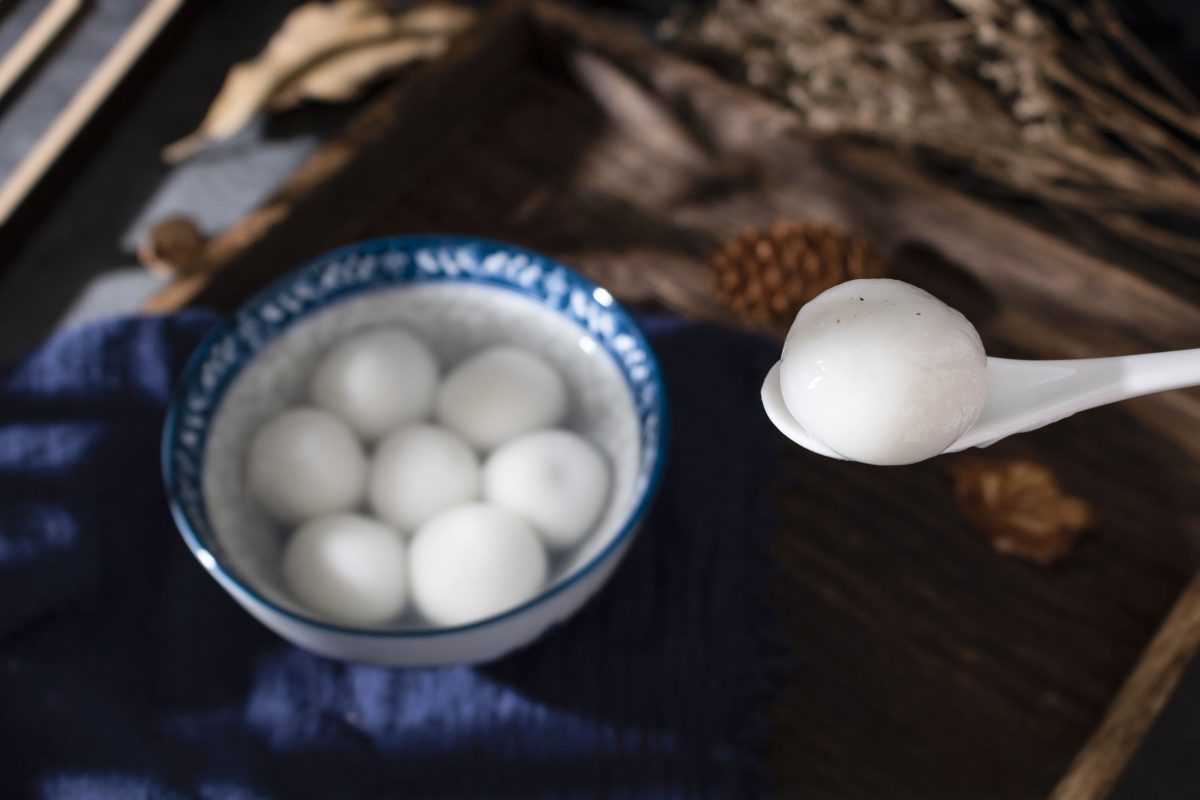
Northern China is a little different, people mostly eat dumplings. This custom originated from an old Han Dynasty tale. Zhang Zhongjing (a renowned physician in Eastern Han Dynasty) (AD150—219), after finding the poor struggling to stay warm in the cold, fed them ear-shaped dumplings to keep their ears from getting frostbite. The old-day tale passed on, today some still say that your ears will freeze off if you don’t eat dumplings on time.
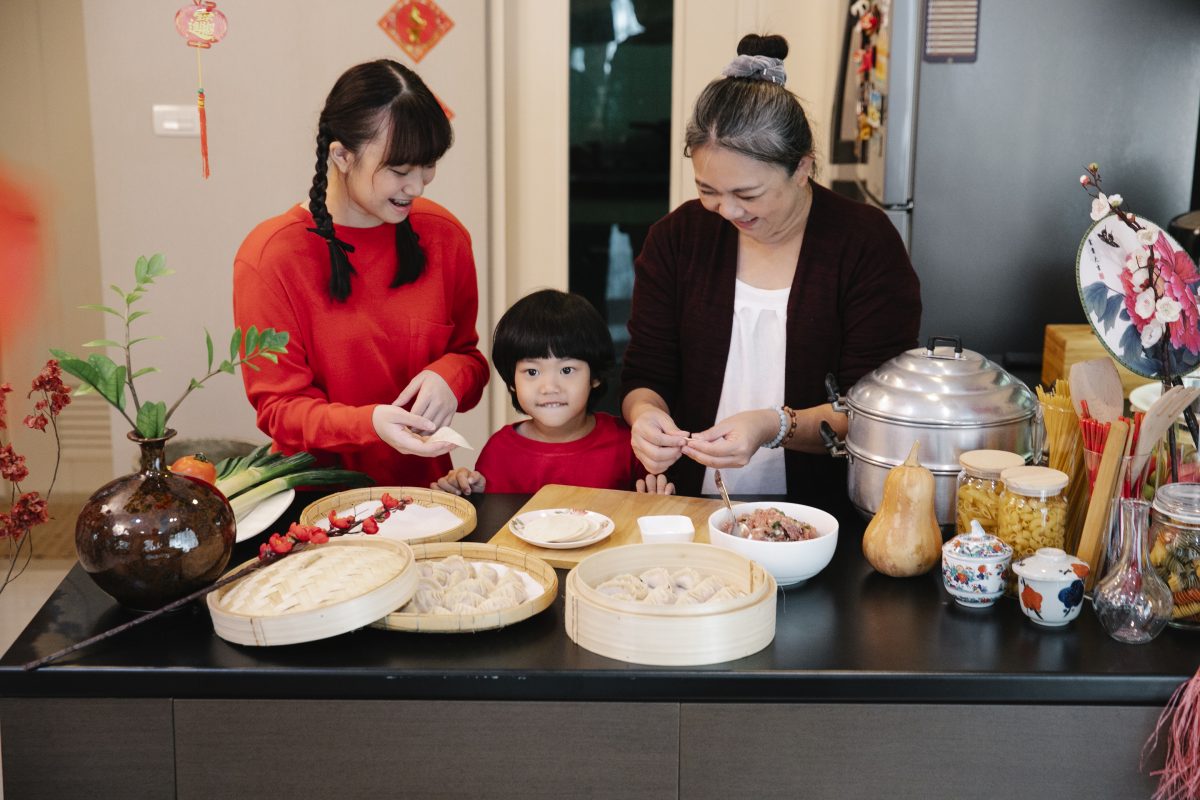
Dongzhi has long been a festival with a distinct traditional cultural identity. To-date, it is still important because there are plenty of Chinese like us who lean onto this tradition and custom when family get-together, for nutritious, and warm dishes that preserve health and longevity.

